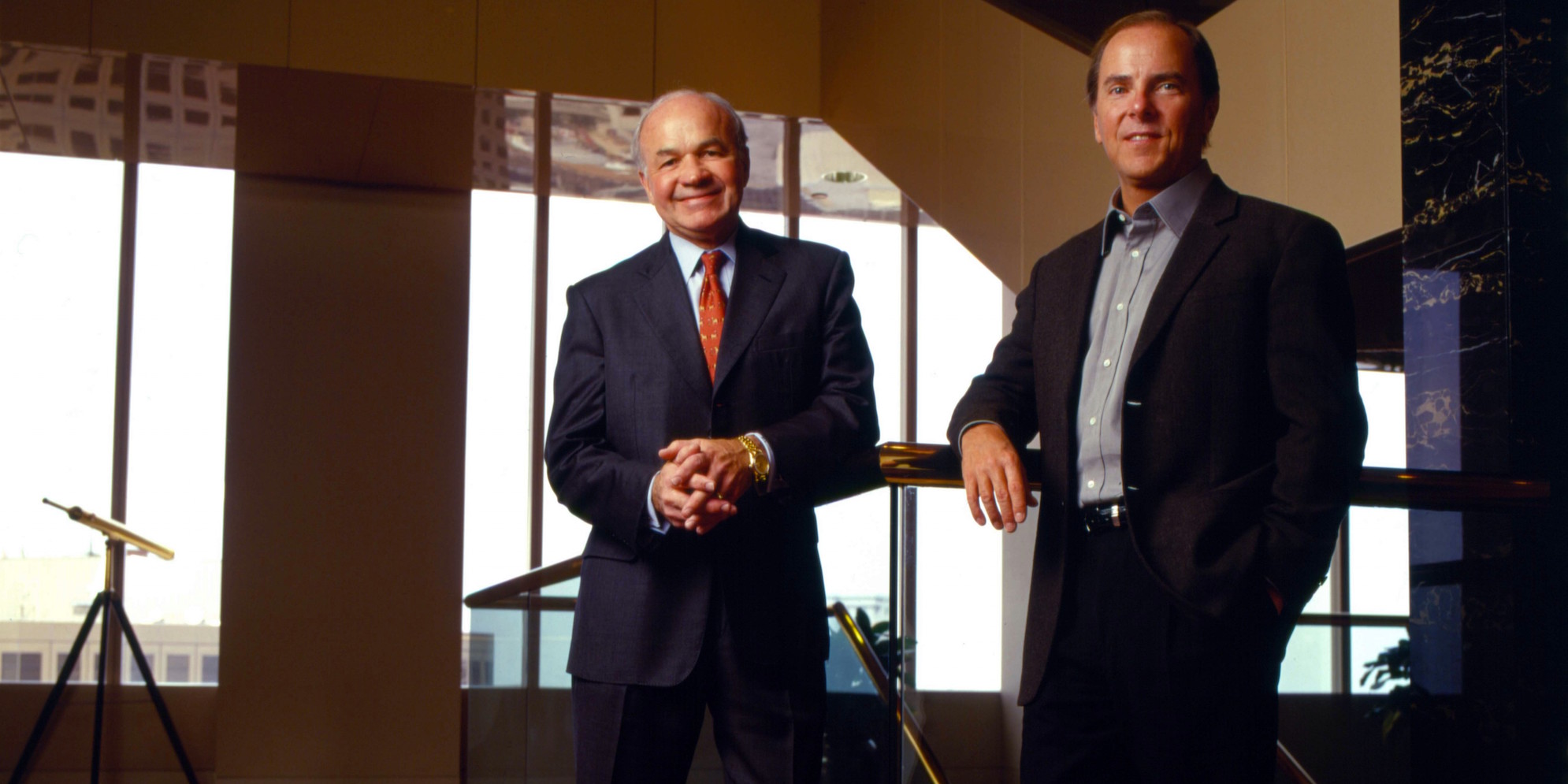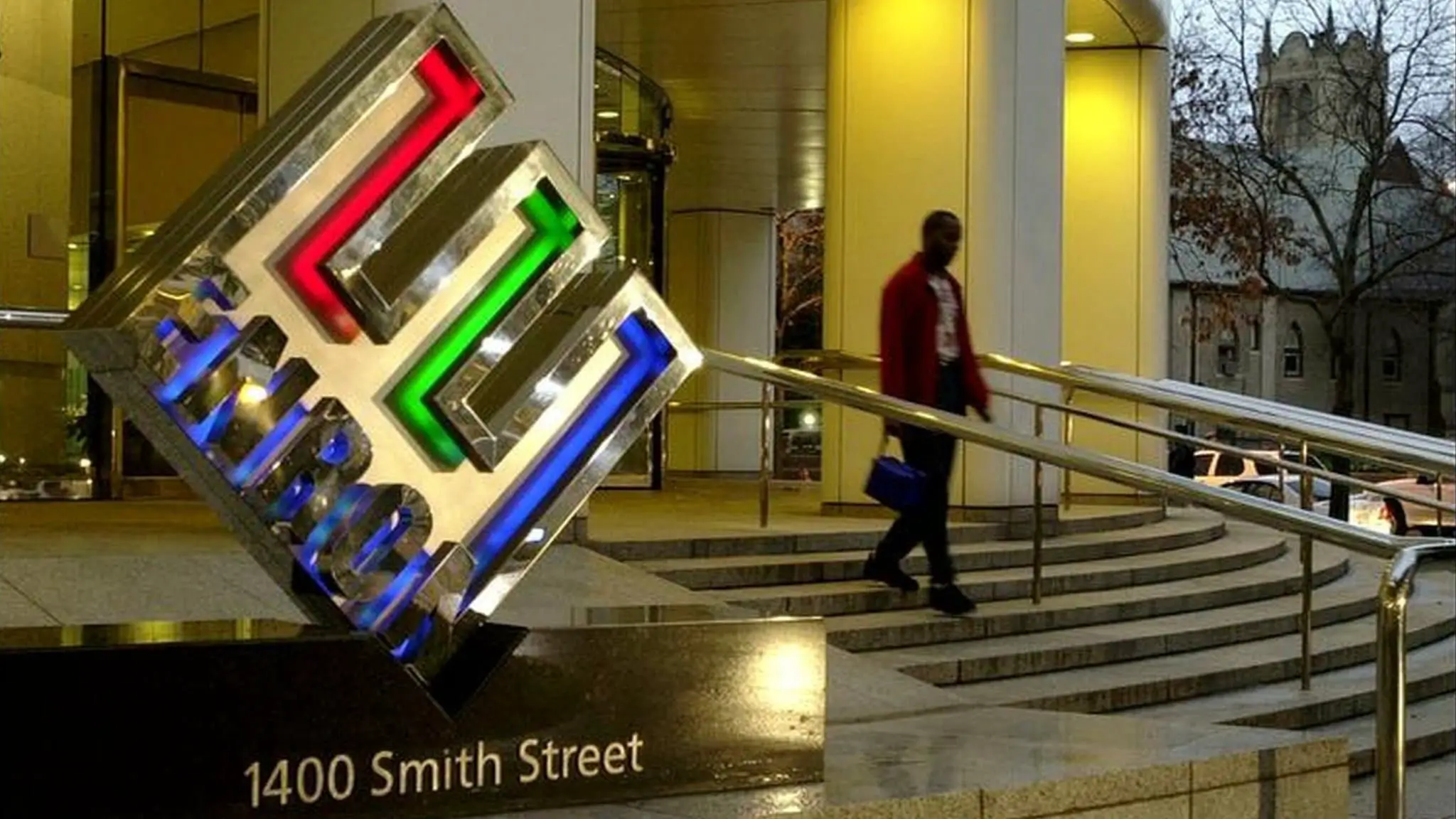The Enron Scandal remains to be one of the most high-profile events to ever happen in American history. Known not only in the business sector, the controversy surrounding the company has been making the rounds up to this day for the impact it had on the general public not only in the United States but also the entire world.
The sequence of events that unfolded for the infamous energy company continues to be talked about to this day due to the large-scheme efforts that were put behind the entire plan. While the perpetrators behind the entire issue have been punished, the effects of the Enron scandal still persist and linger worldwide as a reminder of the dangers of falling down too hard in the dark abyss known as greed.
Beginnings of the Event
The Enron scandal did not always turn out to be the way it is during the earlier periods of the company. Enron Corporation, which was an energy company based in Houston, Texas, was considered to be one of the biggest players in the entire economy of the United States.
Enjoying successful financial ventures on the regular, the country was definitely taken by surprise when the scandal unfolded.
Company Background

Enron Corporation at the time was classified as the seventh-largest company in America. Having made an impact in trading and the entire energy industry back then, the internal operations of Enron especially as a highly specialized business was most of the time too technical for the average man/woman.
The company first started out as a company that worked with the business of natural gas. But after some time, Enron moved toward the trading scene and focused on energy deals as its bread and butter.
But while the company was mostly known for its achievements in the energy industry, Enron also had a stake in multiple sectors such as broadband and even futures that dealt with the weather. Besides the company’s strong assets which contributed to its increasing stock price on Wall Street, Enron also built powerful connections in the world of politics such as former President George W. Bush — acting as a major contributor to his campaign back then.
Head of Enron

Kenneth Lay, the chairman of Enron at the time, was a major part of the scandal which plagued the company. Born to poverty, Kenneth slowly made his way to the top of the ladder and eventually became a key figure in the deregulation of the energy sector in America. Also working as a financial analyst for the Pentagon, Kenneth slowly but surely established his connections with the powerful Bush family as well. And the network that he has built in his rise to power has also played a significant part in the Enron Scandal.
Enron’s Rise To Power
With Kenneth at the helm, things were looking good for Enron Corporation. In the year 1992, Enron became the largest natural gas seller in the North American region alongside revenue of $122 million from gas contract trades alone.
To further expand its reach and financial capabilities, Enron began to initiate a diversification strategy that spread across multiple sectors besides the previously mentioned broadband and weather sectors — these investments included pipelines, water and electricity plants, and even the creation of power plants in developing countries such as the Philippines and Indonesia.
With market capitalization reaching an estimated $60 billion and a stock price of approximately $83.13, the sky was the limit for the energy company and many traders have since referred to Enron as the most innovative large company in America during its peak.
The ‘Enron Scandal’
The Enron Scandal was generally built on a mountain of lies that piled up on top of each other as time passed by. With the complexity of how the business was operated, it was easy to get away with bogus financial statements and reports that can easily mislead investors to believe the company is doing good, even if it was not.
Background
With the turn of the 21st century in the year 2000, Enron was hailed as a global leader in business, attracting dozens of investors to stake a claim in the ever-growing increase of the company’s reach. Showing a respectable jump in value during this year, Enron was set for a great financial future ahead.
However, the glory days of the company suddenly took a sharp drop the following year after stock prices went down and many people lost their hard-earned savings because of the huge investments they made with Enron after being promised a positive trend in the succeeding years by the company itself.
While making big promises at the peak of the year 2000, Enron was faced with a tight situation since competition steadily grew in the energy industry which eventually led to smaller profits and earnings which can be shared with the hundreds of investors that they had. And so, the executives of Enron resorted to illegal practices in order to keep the company’s image pleasing and financially appealing.
The most notorious of the schemes employed by Enron was the accounting practice called “mark-to-market accounting”. Basically, mark-to-market accounting records unrealized future profits of the company to the current records so that it seems like the business is earning well at the moment even if the money that they have in their statements is actually not yet fulfilled.
To further create the image that Enron was doing well, company executives established partnerships with “special purpose entities” or SPEs which were just a fancy name for limited partnerships that Enron tied up with outside of the company’s authority.
While SPEs were common in the field of business to regulate asset flow, Enron went over the top by using the SPEs as a trash bin for their bad assets so that these negative records will not be documented in their financial books — reducing the number of losses that investors were able to see.
The Boiling Point
The sketchy practices of Enron went on and on without any worry of being caught by authorities. Being complacent about not getting caught, Andrew Fastow himself, the chief financial officer of Enron and one of Kenneth Lay’s most trusted personnel, ran some of the SPEs. A number of management roles in Enron were passed over numerous times when the scandal was at its boiling point.
Kenneth Lay stepped down as the chairman of Enron and was replaced by Jeffrey Skilling, who resigned after quite some time. Resuming his position as the CEO once again, Kenneth was tipped by Sherron Watkins, a vice president of Enron at the time, about possible anomalies in the company which might tip over into a large-scale scandal if left unchecked.
As the numbers began to balloon for Enron because of their manipulation techniques, people began to become suspicious of the company’s activities. One of these people was a short seller Jim Chanos.
Jim Chanos chanced upon an article from a Wall Street Reporter who talked about mark-to-market accounting and how no one actually has any idea on how the practice can be verified with legitimate numbers, especially in the energy industry.
Enlightened, Jim decided to check out the Form 10-K reports or the annual financial performance status of Enron. Realizing the sketchy and almost unreal values being projected by the company, he decided to short Enron’s stock — a move which has earned him the status of one of the world’s greatest short-sellers, predicting the downfall of Enron as it was just starting.
How Was The Enron Scandal Discovered?
The investigations on Enron did not stop with Jim Chanos. In the middle of the year 2001, financial analysts had begun to conduct their personal investigations on Enron. And in the third quarter of the year, Enron announced that it will be recording a whopping $638 million loss paired with a $1.2 billion drop in shareholder equity which was in part caused by the SPEs under Andrew Fastow.
Realizing the panic that had ensued, the Securities and Exchange Commission conducted a search on Enron’s financial activities. During the same time, Arthur Andersen, the firm in charge of Enron’s accounting, began to destroy crucial documents that contained the company’s audit reports.
Sharron Watkins was considered the first whistleblower of the company, after trying to warn executives of shady practices (which were ignored), her presumptions were indeed on the mark. Shortly after the scandal was beginning to be exposed, the company broke down in an instant.
Fastow was removed from his position, and the stock price of Enron which even reached a ceiling of $90 in 2000 sharply dropped to a measly $12 per share during the later months of 2001.
As a last resort, Enron attempted to merge with electric company Dynegy to absorb some of its losses, only for the latter to back out of the deal. The announcement of this fallout between Enron and Dynegy further hit Enron’s stock price to record lows.
After the dust had settled, Enron’s stock was priced at only $1 per share. And with the drop in stock value, the pension of many employees also suffered since they were sourced from the company’s stocks. Experiencing blow after blow, Enron eventually filed for Chapter 11 bankruptcy in December 2001.
Aftermath

Expectedly, the authorities were swift to place charges on the people behind the Enron fiasco. A lot of convictions were made in the time that followed the final uncovering of the scandal that has shaken the American economy to its core — exposing an industry of deceit and lies built upon a weak legal foundation.
What Happened To Enron?
After failing to cement an agreement with Dynegy to absorb the Enron business, the company soon went into bankruptcy after estimating a $23 billion loss on its assets which are made up of many liabilities such as debt and guaranteed loans.
Being hounded into a corner, Enron had no choice but to sell its assets to lenders in order to keep its business afloat even while facing the risk of bankruptcy at any moment. And, as history shows, the gamble that Enron took did not pay off in the end.
Enron Europe, the holding company in the continent of Europe for the American headquarters operations there was the first to announce its bankruptcy to the public. Not long after, the rest of Enron also announced its filing for bankruptcy to the world — marking the end of a legacy that began with promise but ended on a disastrous and tragic note.
Who Was Affected?
The executives which were the mastermind behind the Enron scandal were not the only ones to feel the harsh impact of the company’s downfall. On the actual announcement of the closure of the company, thousands of employees were immediately dismissed from the building and were only given a total of 30 minutes in order to collect all of their possessions and leave the premises.
Of the 15,000 employees working for Enron with savings plans attached to the company, 62% of the entire portion was connected with Enron’s company stock in the market. This means that by the end of the saga of Enron, a huge chunk of most employees’ savings with the business literally vanished into thin air.
Convictions
Many top brass executives were convicted for the Enron scandal. Fastow and his wife Lea were charged with 98 counts of fraud, conspiracy, insider trading, and money laundering. Kenneth Lay and Jeffrey Skilling were also charged for the dubious schemes of the company.
Skilling was guilty of 19 out of 28 counts of securities fraud and wire fraud while Lay was convicted of all six counts of securities fraud and wire fraud charged against him. The Chief Accounting Officer of Enron at the time Rick Causey was also charged with six felonies.
The Arthur Andersen firm was found guilty of obstruction of justice due to their part in hiding the Enron scandal after destroying crucial documents. While the business was first threatened with immediate closure which resulted in the layoff of over 85,000 employees, the ruling was overturned. However, the reputation of the firm was too damaged for it to return to normal operations.
Afterword
All in all, the Enron Scandal is a lesson on the dangers of being too greedy. The company was already on its way to the top but because it failed to practice the simple rules of transparency and full disclosure to its investors, everything came crashing down in an instant.
The most tragic part of it all is the lives of the company’s employees — most of whom were innocent and were simply doing their jobs — that have ultimately changed forever after the case was closed. Greed is a disease that affects everybody.
What most companies should learn from Enron is that with great power comes even greater responsibility. Lives are at stake with each and every decision a higher-up makes for the company — and hopefully, these decisions are for the betterment of everyone and not just for the benefit of a select privileged few.

